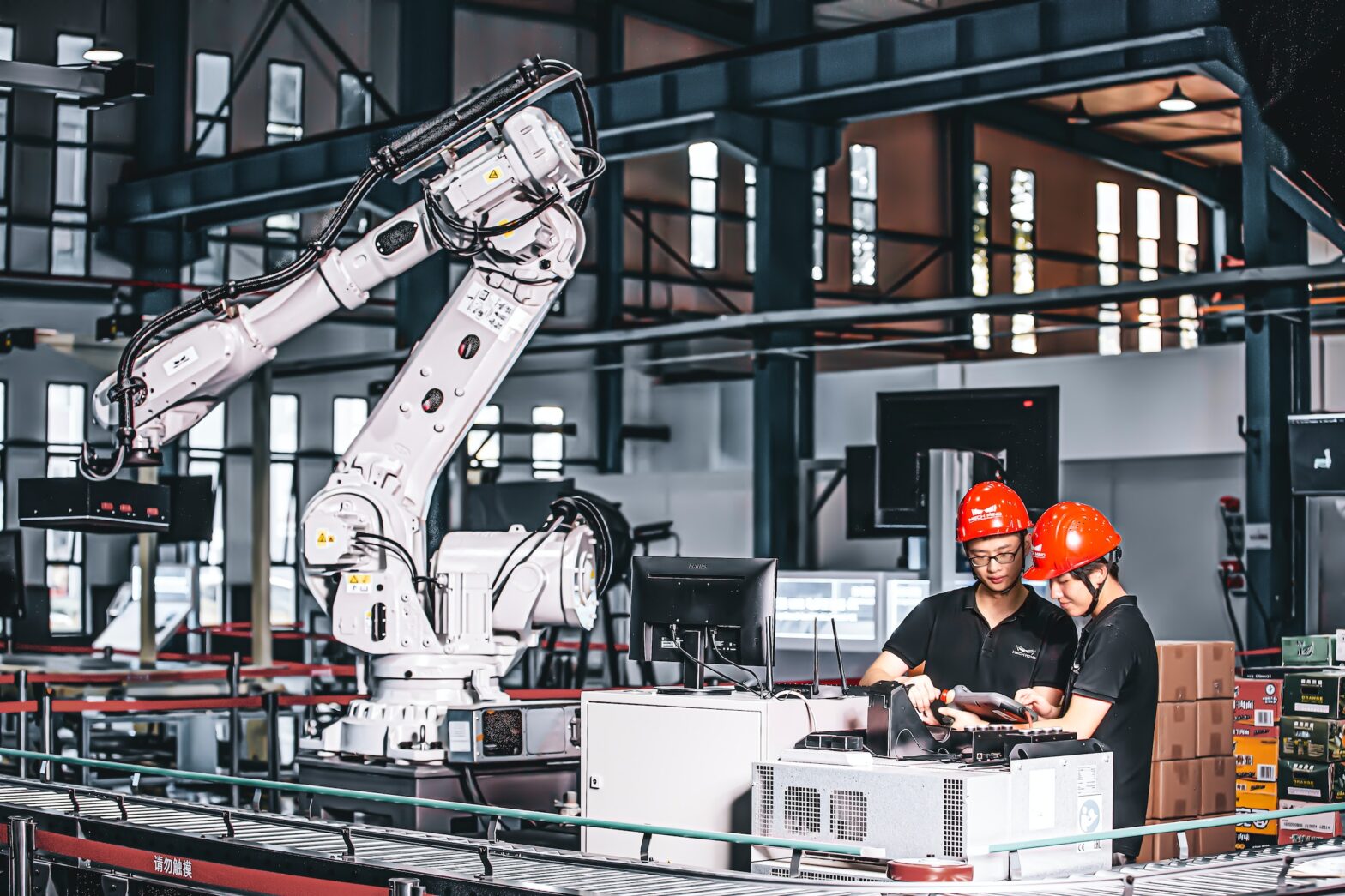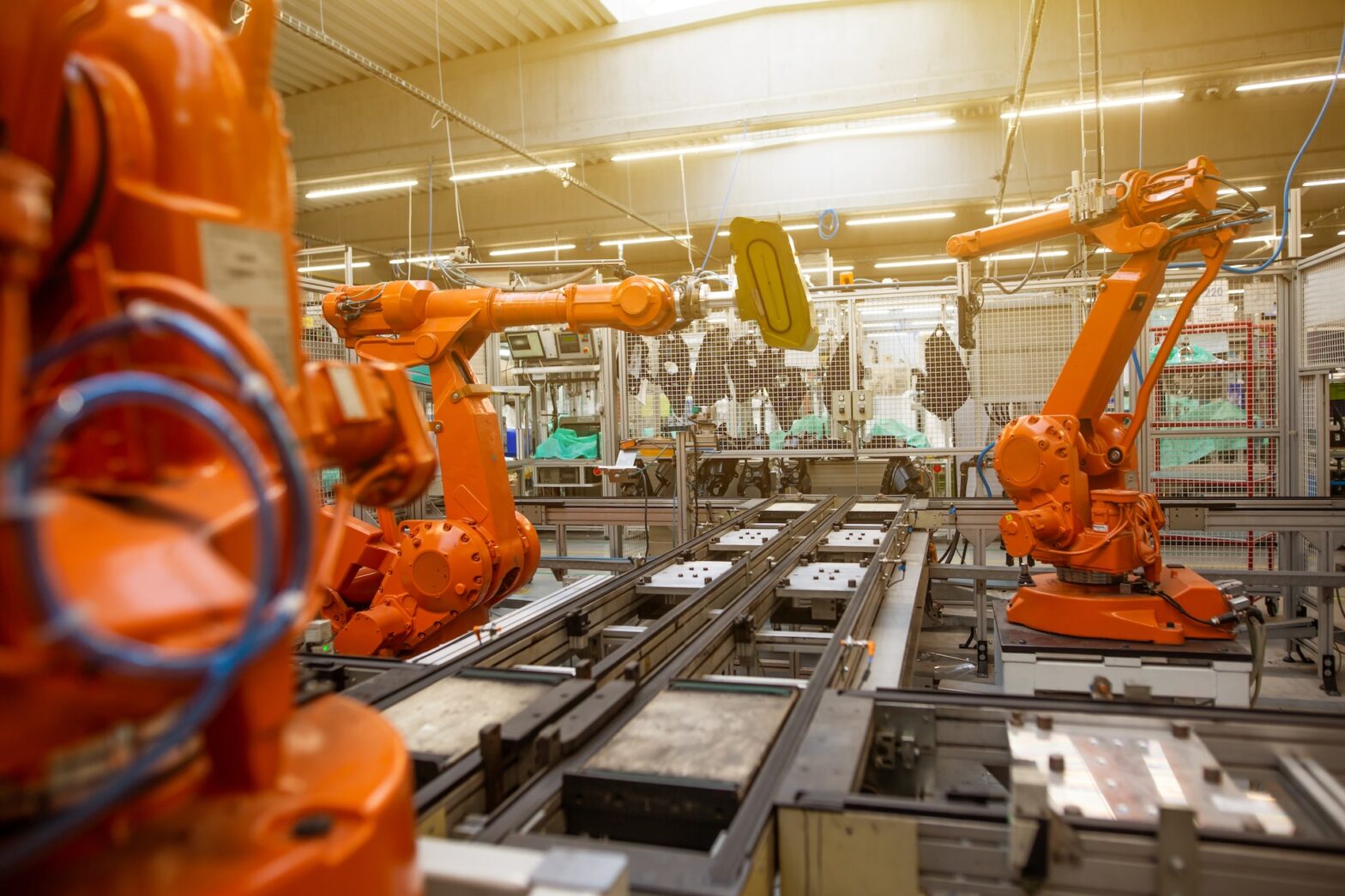
Industry 5.0 Manufacturing Best Practices
Prepare for Industry 5.0 manufacturing with sustainable practices, human-machine collaboration, and an agile manufacturing approach.
8 minute read
•Manufacturing



Prepare for Industry 5.0 manufacturing with sustainable practices, human-machine collaboration, and an agile manufacturing approach.
8 minute read
•Manufacturing

5G and edge computing are no longer simply technology trends. They have the potential to revolutionize the way businesses operate.
8 minute read
•Manufacturing
We are writing frequenly. Don’t miss that.